Best Chickpea Companion Plants That Will Boost Your Yield
Title: Best Chickpea Companion Plants That Will Boost Your Yield
Introduction:
Chickpeas are a versatile and delicious legume that can be grown in many different climates. They are also a nitrogen-fixing crop, which means they can help to improve the soil quality in your garden. If you are growing chickpeas, companion planting can help to boost your yield and protect your plants from pests and diseases.
Main Content:
There are many different plants that can be companioned with chickpeas. Some of the best include:
- Basil: Basil is a natural insect repellent that can help to keep pests away from your chickpeas. It also attracts beneficial insects, such as ladybugs and hoverflies, which can help to control pests.
- Carrots: Carrots and chickpeas have similar growing requirements and can be planted together in the same bed. Carrots help to suppress weeds and improve the drainage in the soil, which can benefit chickpeas.
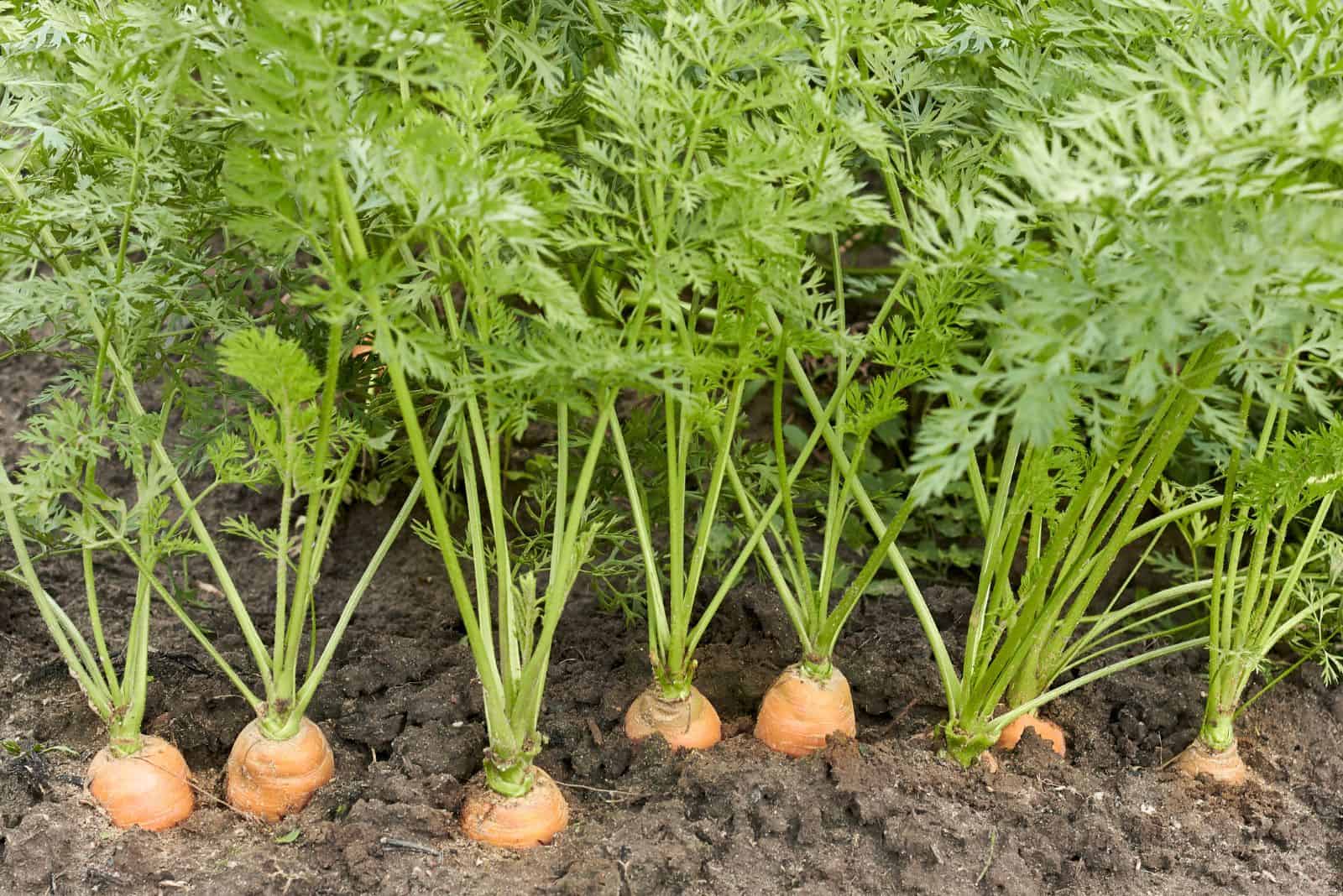
- Cucumbers: Cucumbers and chickpeas can be planted together to help shade the chickpeas from the hot sun. Cucumbers also help to attract pollinators, which can help to improve the pollination of the chickpeas.

- Mustard greens: Mustard greens are another nitrogen-fixing crop that can help to improve the soil quality in your garden. They also help to deter pests and diseases.
- Onions: Onions and garlic can help to repel pests from chickpeas. They also help to improve the flavor of the chickpeas. However, it is important to note that you should not plant chickpeas and onions in the same bed year after year, as this can lead to the buildup of diseases.

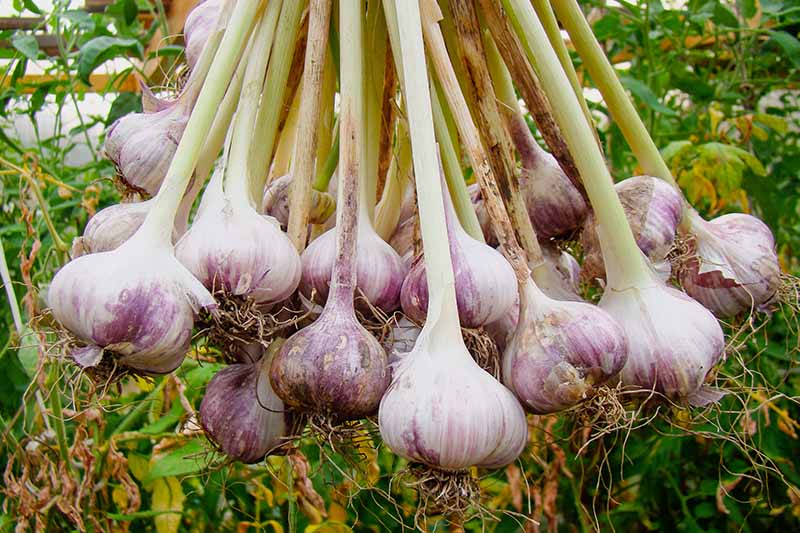
- Peas: Peas and chickpeas are both legumes, and they can help to fix nitrogen in the soil. They can also be planted together to help shade the chickpeas from the hot sun.
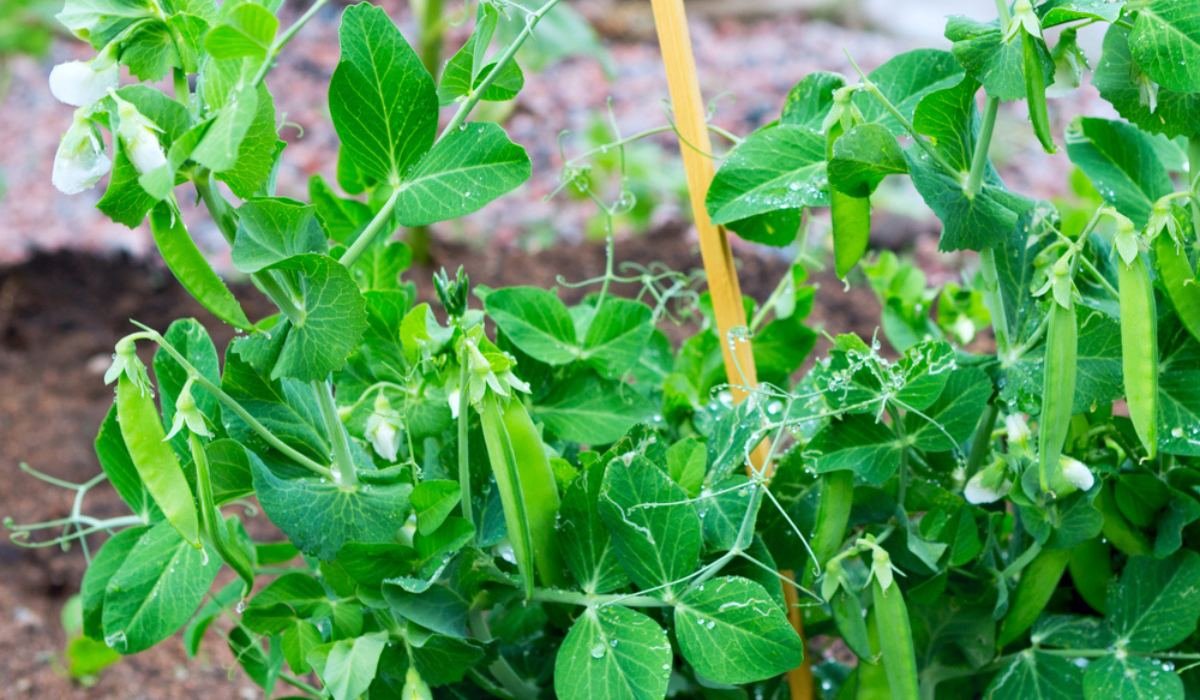
- Potatoes: Potatoes and chickpeas can be planted together to help suppress weeds and improve the drainage in the soil. Potatoes also help to attract pollinators, which can help to improve the pollination of the chickpeas.

- Spinach: Spinach and chickpeas can be planted together to help shade the chickpeas from the hot sun. Spinach also helps to attract pollinators, which can help to improve the pollination of the chickpeas.
Conclusion:
Companion planting is a great way to boost your chickpea yield and protect your plants from pests and diseases. By planting chickpeas with some of the plants listed above, you can create a healthy and productive garden.
Chickpeas are a nitrogen-fixing legume that can be a great addition to any garden. They are relatively easy to grow and can be companion planted with a variety of other plants. Some good companion plants for chickpeas include:
- Potatoes: Potatoes and chickpeas are both heavy feeders, so they can benefit from each other's nutrients.
- Cucumbers: Cucumbers and chickpeas can help to repel pests from each other.
- Corn: Corn can provide shade for chickpeas, which can help to protect them from the sun.
- Strawberries: Strawberries and chickpeas can help to improve the drainage of the soil.
- Celery: Celery and chickpeas can help to suppress weeds.
However, there are also some plants that should not be planted near chickpeas. These include:
- Garlic: Garlic can inhibit the growth of chickpeas.
- Onions: Onions can also inhibit the growth of chickpeas.
- Leeks: Leeks are in the same family as onions and garlic, so they should also be avoided.
If you are interested in learning more about chickpea companion planting, you can visit Home Gardening.
FAQ of chickpea companion plants
What are some good companion plants for chickpeas?
Some good companion plants for chickpeas include:
- Cucumbers: They help to deter cucumber beetles, which can be a problem for chickpeas.
- Melons: They help to attract pollinators, which are important for chickpeas to set fruit.
- Celery: It helps to repel aphids, which can also be a problem for chickpeas.
- Strawberries: They help to improve the flavor of chickpeas.
- Summer savory: It helps to improve the nitrogen content of the soil, which is beneficial for chickpeas.
What are some bad companion plants for chickpeas?
Some bad companion plants for chickpeas include:
- Alliums: These plants, such as onions and garlic, can inhibit the growth of chickpeas.
- Potatoes: They can share the same pests and diseases as chickpeas.
- Soybeans: They can compete with chickpeas for nutrients and water.
When should I plant chickpeas with companion plants?
You can plant chickpeas with companion plants at the same time. However, if you are planting in a small space, you may want to wait until the chickpeas have established themselves before planting the companion plants. This will help to prevent the companion plants from competing with the chickpeas for water and nutrients.
How far apart should I plant chickpeas and their companion plants?
The spacing requirements for chickpeas and their companion plants will vary depending on the specific plants involved. However, in general, you should space chickpeas about 6 inches apart and their companion plants about 12 inches apart.
How do I care for chickpeas and their companion plants?
Chickpeas and their companion plants require regular watering, especially during hot, dry weather. You should also fertilize them every few weeks with a balanced fertilizer. In addition, you should keep an eye out for pests and diseases and treat them promptly if they occur.
How long does it take for chickpeas to grow?
Chickpeas typically take about 3-4 months to mature. However, the exact growing time will vary depending on the variety of chickpeas and the growing conditions.
When should I harvest chickpeas?
You can harvest chickpeas when the pods are dry and brown. To harvest, simply snap off the pods and thresh them to remove the beans. The beans can then be stored in a cool, dry place.
Image of chickpea companion plants
10 different images of chickpea companion plants that are free to use:
- Beetroot: Beetroot is a nitrogen-fixing plant, which means it can help to improve the soil quality for chickpeas. It is also a relatively tall plant, which can help to provide shade for the chickpeas.
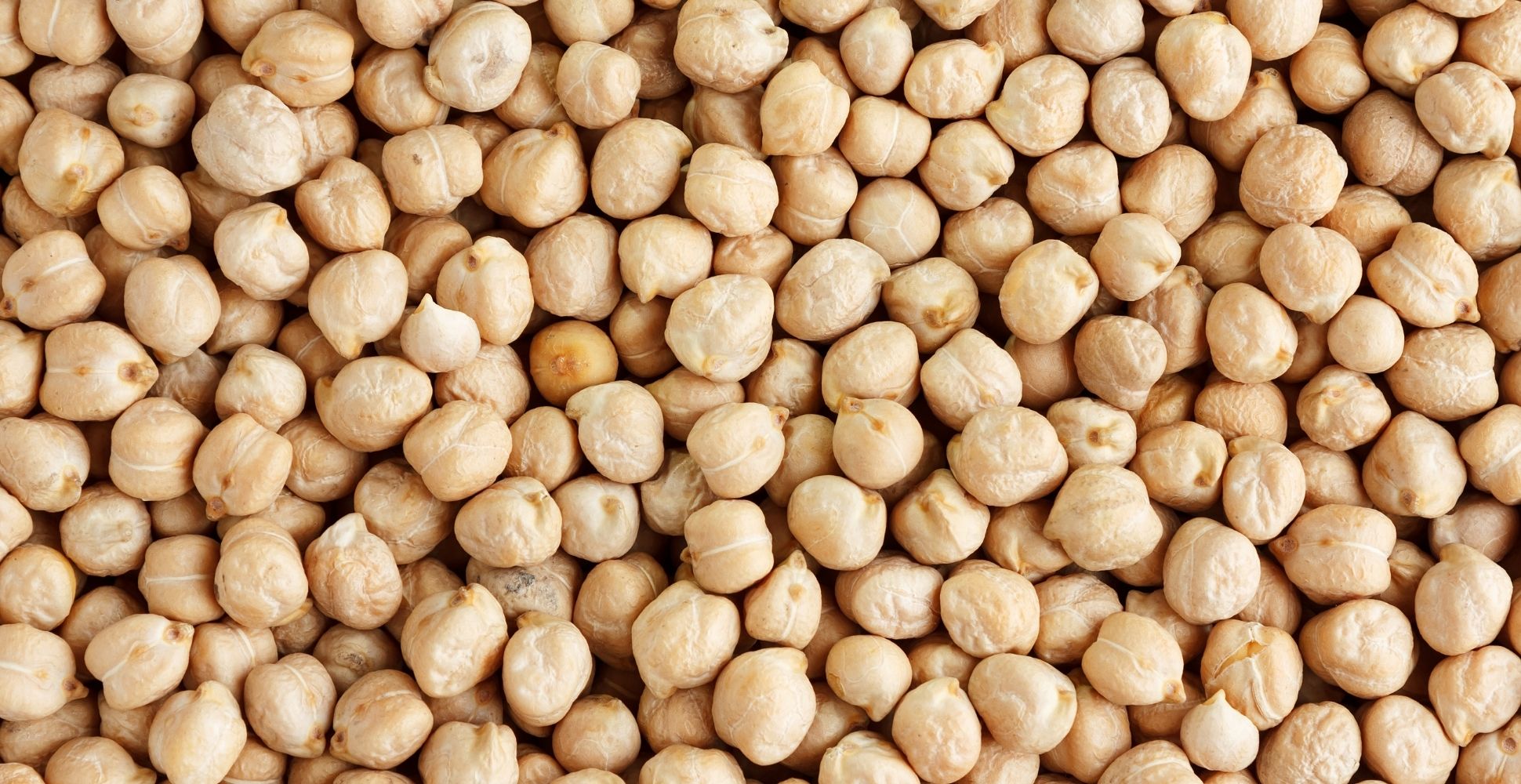
- Brassicas: Brassicas, such as broccoli, cabbage, and kale, are also nitrogen-fixing plants. They can help to improve the soil quality for chickpeas and also deter pests.
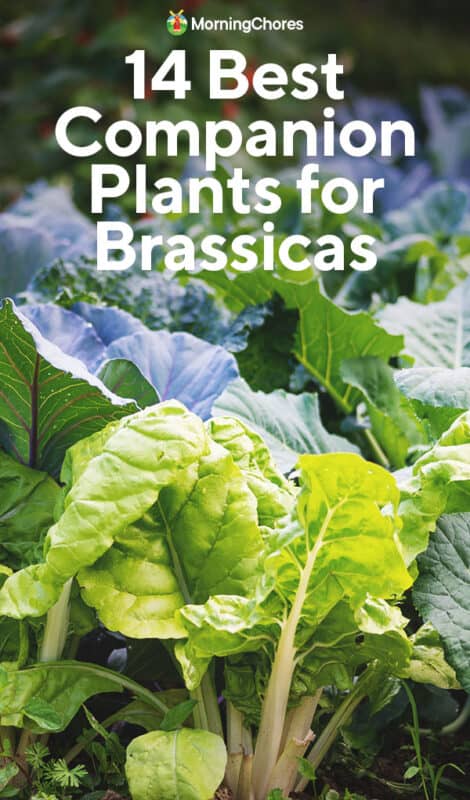
- Carrots: Carrots are not nitrogen-fixing plants, but they can help to improve the drainage of the soil for chickpeas. They can also help to attract beneficial insects, such as ladybugs, which can help to control pests.

- Celery: Celery is a relatively tall plant, which can help to provide shade for the chickpeas. It is also a good source of nectar, which can attract beneficial insects.
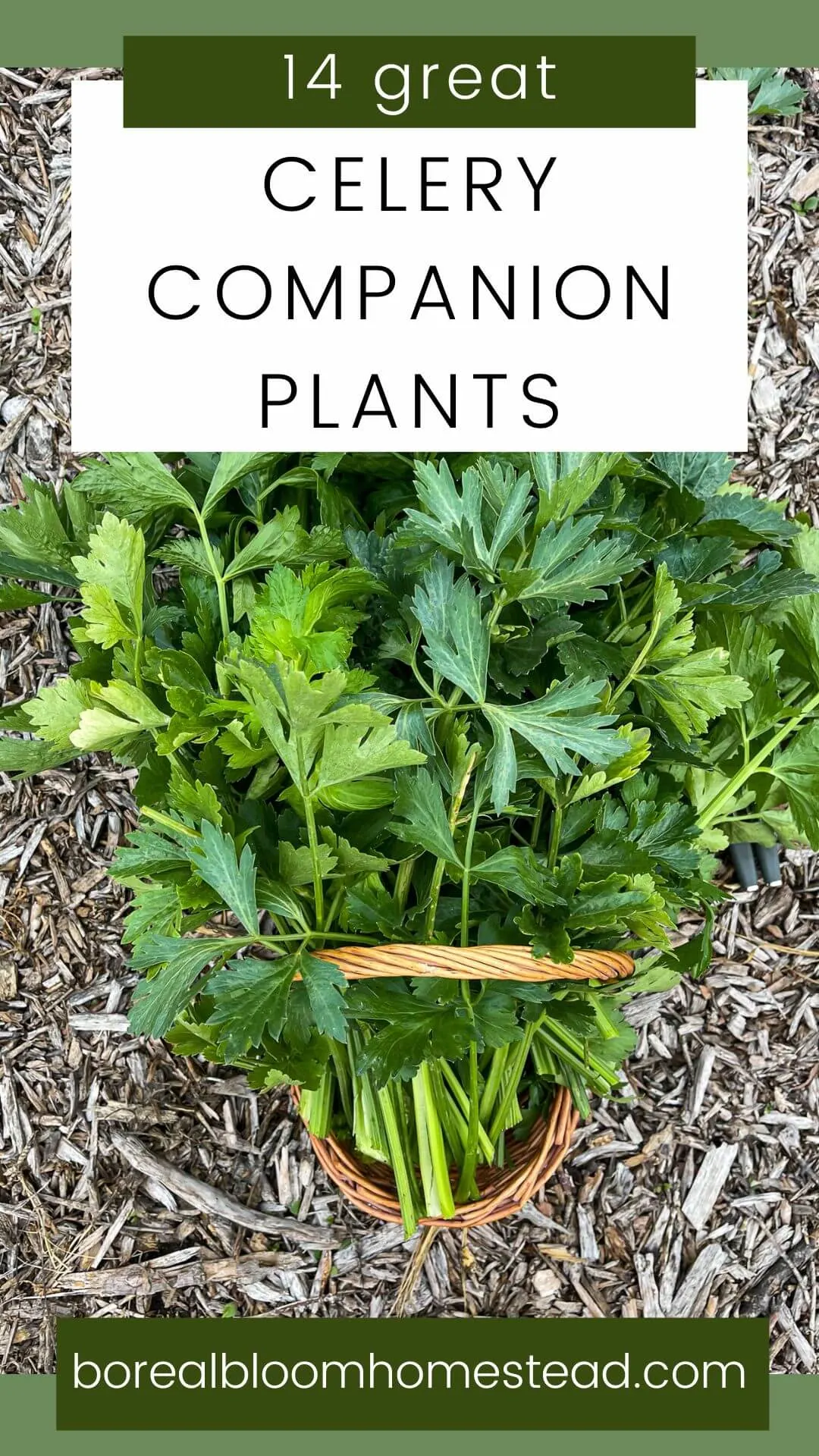
- Chard: Chard is a leafy green vegetable that is not nitrogen-fixing, but it can help to improve the soil quality for chickpeas. It is also a good source of nectar, which can attract beneficial insects.
- Corn: Corn is not a nitrogen-fixing plant, but it can help to provide support for the chickpea plants. It can also help to attract beneficial insects.
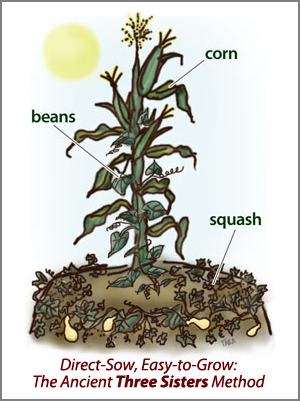
- Cucumber: Cucumbers are not nitrogen-fixing plants, but they can help to improve the drainage of the soil for chickpeas. They can also help to attract beneficial insects.
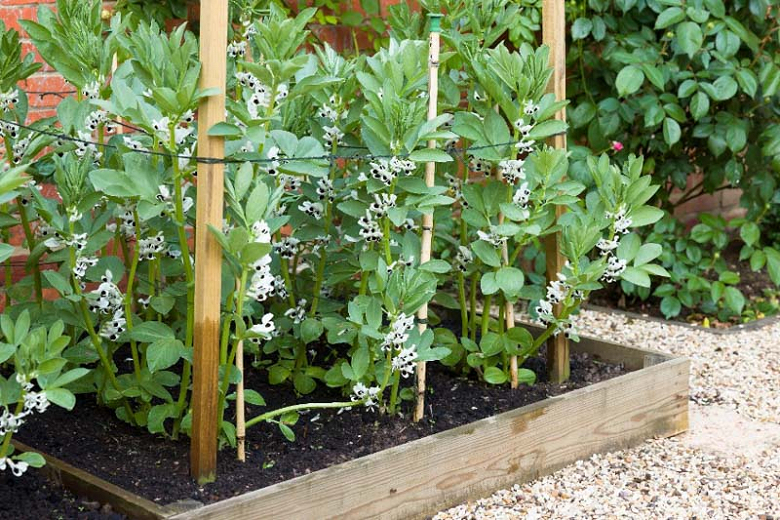
- Eggplant: Eggplant is not a nitrogen-fixing plant, but it can help to improve the soil quality for chickpeas. It can also help to attract beneficial insects.
- Peas: Peas are nitrogen-fixing plants, so they can help to improve the soil quality for chickpeas. They can also help to deter pests.
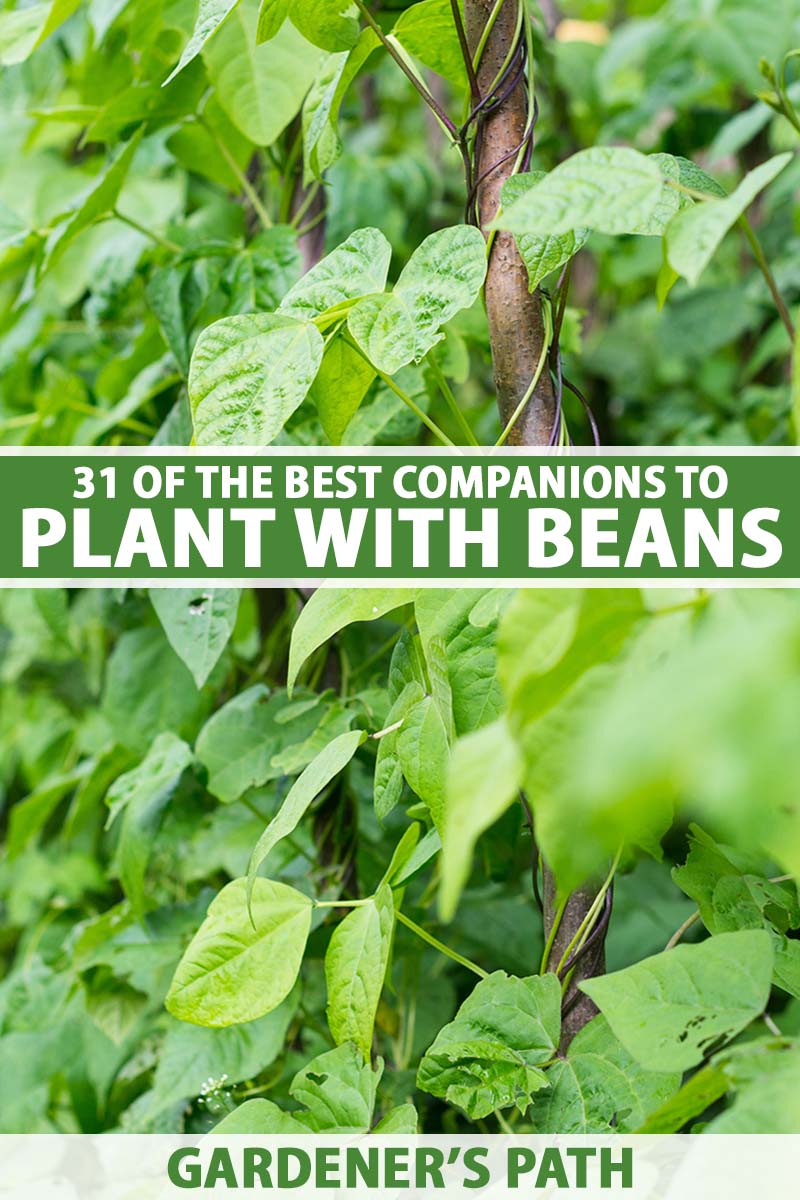
- Potatoes: Potatoes are not nitrogen-fixing plants, but they can help to improve the drainage of the soil for chickpeas. They can also help to attract beneficial insects.
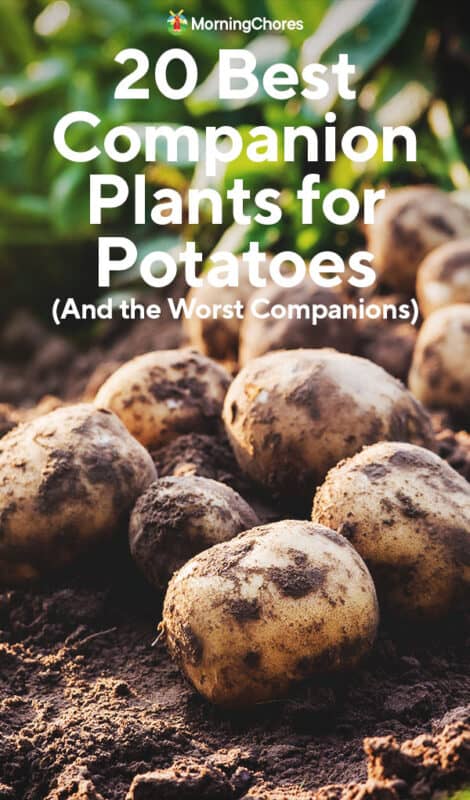
Post a Comment for " Best Chickpea Companion Plants That Will Boost Your Yield"